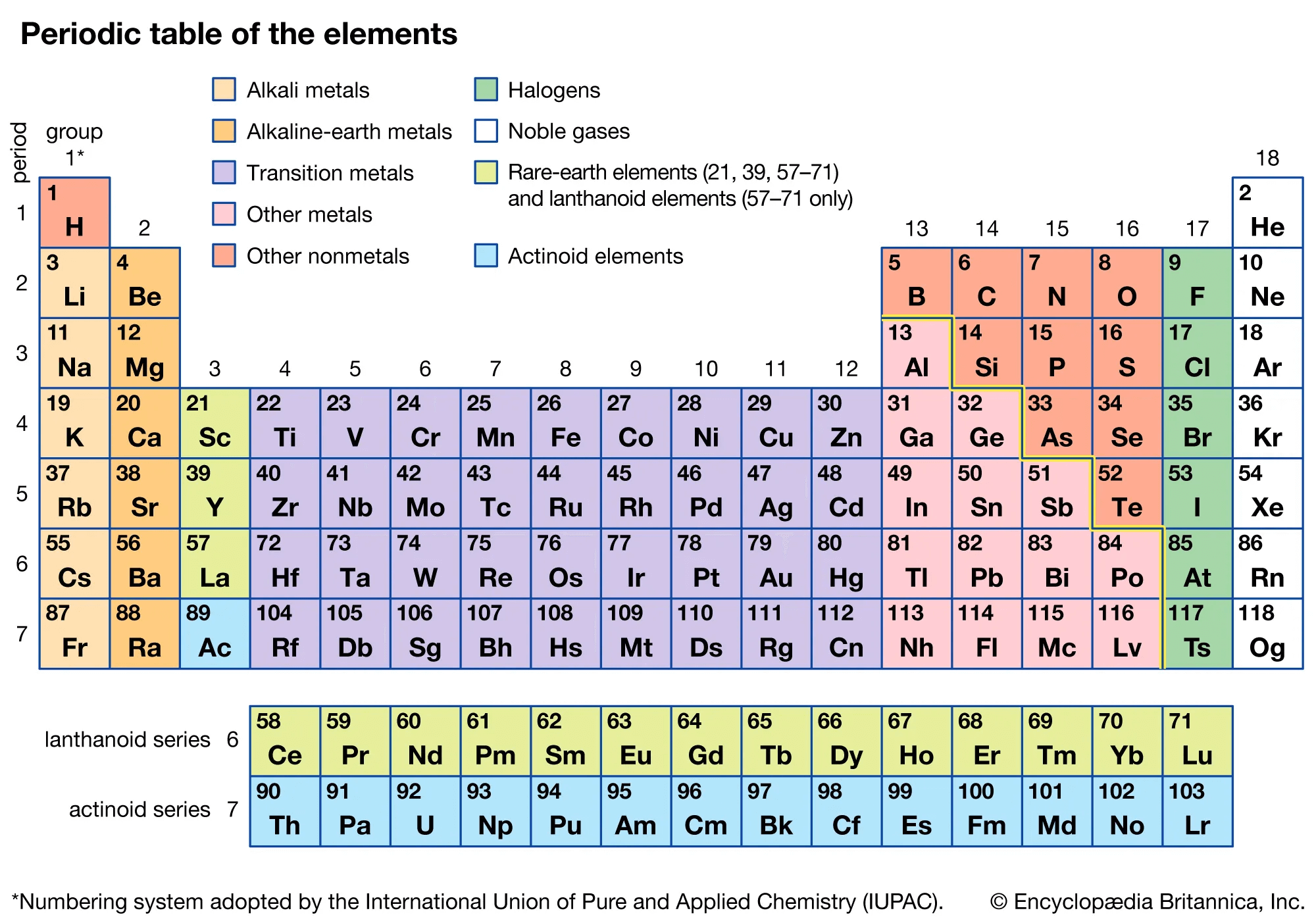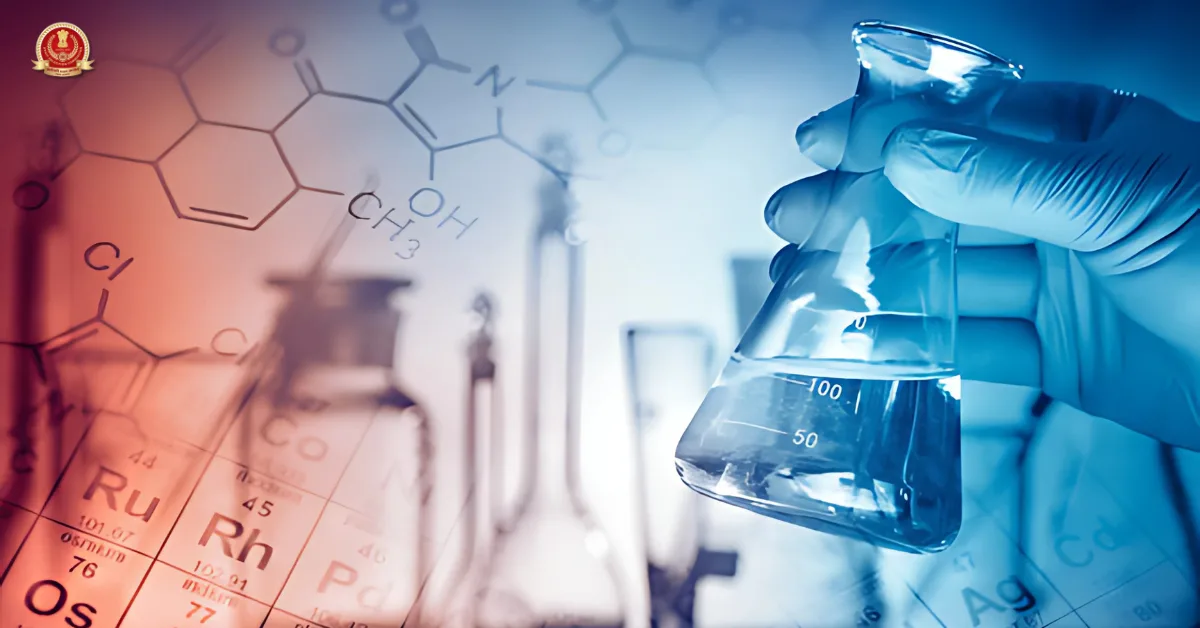Periodic Table – Chemistry Study Notes: The periodic table is a chart that organizes all known chemical elements in order of their increasing atomic number. It helps understand element properties, trends, and classifications. In this blog, we explain the periodic table in a simple way, useful for SSC CGL 2025 preparation. These notes are also helpful for other exams like SSC CHSL, SSC MTS, RRB NTPC, and similar government exams.
Periodic Table Definition
The periodic table, also known as the periodic table of elements, is a chart where elements are arranged based on their atomic numbers. It is built on the Modern Periodic Law, which states that the properties of elements are periodic functions of their atomic numbers (not atomic masses as earlier proposed by Mendeleev).
Modern Periodic Table
The modern periodic table contains 118 elements. In the modern periodic table, the elements are arranged according to their atomic numbers. The periodic table is divided into groups and periods. The vertical rows are called groups and horizontal rows are called periods.

There are 7 periods and 18 groups in the modern periodic table. The periodic table is further divided into 4 blocks depending on the number of atomic orbitals that are filled with electrons. The four blocks are as follows:
- s-block
- p-block
- d-block
- f-block
s-block
- The s-block contains Group 1 and Group 2 elements.
- Group 1 elements are called alkali metals (e.g., Sodium, Potassium).
- Group 2 elements are called alkaline earth metals (e.g., Magnesium, Calcium).
p-block
- The p-block includes elements from Group 13 to Group 18.
- Group 17 elements are known as halogens.
- Group 18 elements are called noble gases or inert gases.
d-block
- The d-block contains elements from Group 3 to Group 12.
- These are known as transition elements/metals.
- The d-block elements are all metals, and Mercury is the only metal in liquid state at room temperature.
f-block
- The f-block consists of two series:
- Lanthanides (atomic numbers 57 to 71)
- Actinides (atomic numbers 89 to 103)
- All actinides are radioactive in nature.
Check out Courses for All Govt Exams
Periodic Table for SSC CGL – FAQs
Ans. It is a chart that organizes elements by increasing atomic number.
Ans. Properties of elements are periodic functions of their atomic numbers.
Ans. There are 7 horizontal periods in the modern periodic table.
Ans. The modern periodic table consists of 118 known elements.
Ans. d-block elements are known as transition metals.
- How To Prepare For SSC CGL With College? Know The Best Tips
- Fill In The Blanks SSC CGL: Step-by-Step Guide?
- SSC CGL Vs SSC CHSL Vs SSC MTS, Which One is Better?
- SSC CHSL 2025 Vacancies Out – 3131 Posts Announced Across Ministries
- Bank Exam vs SSC Exam Which Career Path Is Right for You?
- One Word Substitution Questions for SSC CGL, Attempt Now
Hello, I’m a content writer working at Oliveboard. I focus on creating blogs, articles, and educational content that’s simple, clear, and saves time for readers. I believe in writing that adds real value without overcomplicating things. I also have strong knowledge of banking and government exams, which helps me create content that is both accurate and easy to understand. With experience and consistency, I aim to make preparation smoother for every learner.

